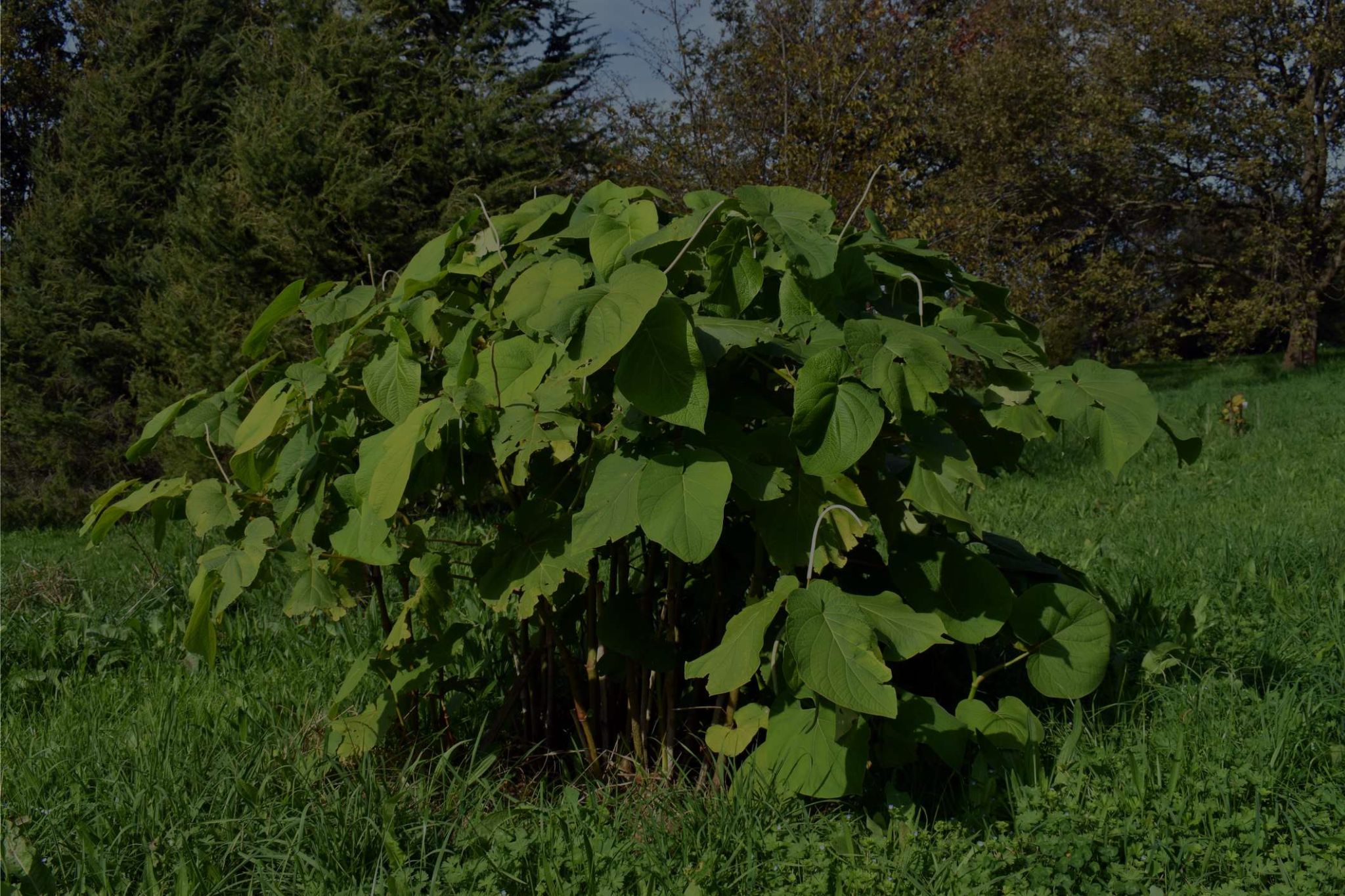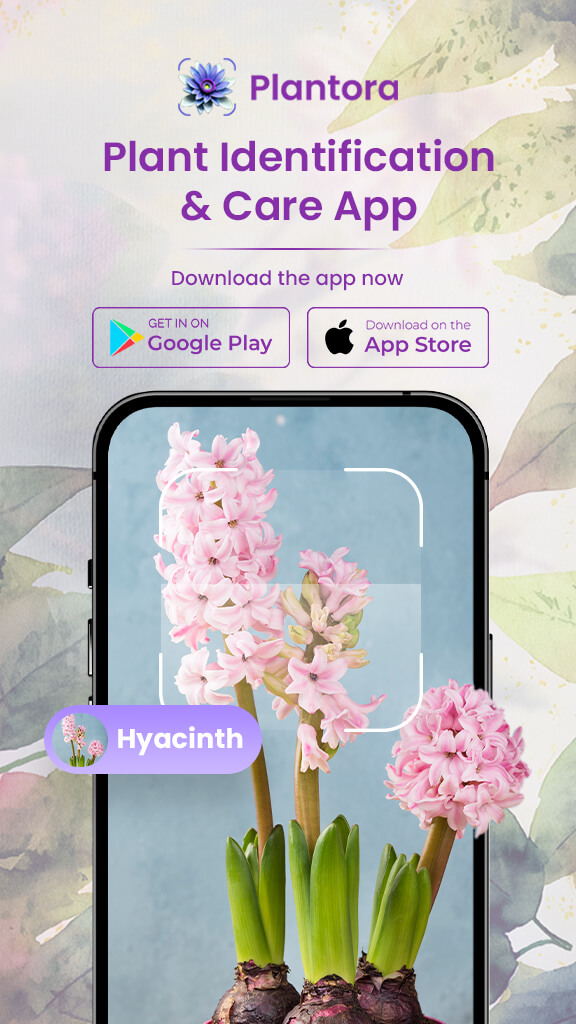
Native to Central and Southern America, the Root Beer plant, Piper auritum, is a large perennial, but it is also grown as a flowering shrub. This tropical plant can be grown indoors and outdoors, and it is known for its fuzzy, large, heart-shaped leaves.
This fast-growing plant has many names, such as sacred pepper, hoja santa, Mexican pepperleaf, but the most commonly used one is the root beer plant, as its leaves have a vague root beer-ish smell. However, don’t get confused with its name, as this plant isn’t actually used to make root beer. This plant with edible leaves is used in various Mexican and South American dishes and has a peppery flavor.
Moreover, the root beer plant produces tiny, white, and fragrant flowers. Making it a pollinator-friendly plant in your garden. Root beer plant care is easy; however, this plant is considered invasive, so be careful while growing it, and research before growing it.
Here’s how you can grow and care for the root beer plant in your garden.
Growing The Root Beer Plant

Where
The root beer plant can grow up to 20 feet in its native habitat, but in a typical garden setting, it can max out at 10 feet; therefore, select a location with enough space for your plant to grow. Moreover, this plant thrives in partly shady locations where its thin and long stems are also protected from the strong winds.
You can use it to brighten up the shaded spots in your garden or along the walkways to enjoy its beautiful foliage and captivating fragrance, which also acts as an insect repellent. When grown indoors, this plant is quite adaptable to average conditions.
As mentioned before, this plant is highly invasive and can spread quickly via seed distribution and rhizomes; therefore, it is recommended to grow them in raised beds or as potted plants to control their growth.
When and How
It is preferred to grow this plant in the springtime to let the plant get ready to survive in the harsh winter. However, in areas with mild or light winters, this plant can be grown at any time during the growing season.
The seeds of this plant may be difficult to locate, but you can grow this plant from seedlings purchased at the nursery as well. In the planting bed, dig a hole deep enough to accommodate the root ball. You may add a layer of mulch to retain moisture.
When growing from seeds, you can either start indoors 4-6 weeks before the last frost or directly sow the seeds in the ground after the threat of frost has passed. Water generously until the new roots appear. After that, you can water to maintain the soil moisture.
Root Beer Plant Care

A warm, partially shaded area that has adequate moisture is ideal for the root beer plant. This is an evergreen flowering plant in regions with no frost. Here are some root beer plant care needs that you should know before growing this plant.
Water
This is a water-loving plant, so keep the soil evenly moist at all times. Make sure not to overwater the plant or keep the soil soggy, as it can cause problems such as root rot.
Soil
Use a well-draining soil mix that is rich in nutrients. Add compost, sphagnum moss, or perlite to the potting mix to increase the nutrient content and retain moisture.
Light
Partial shade or dappled lighting conditions are perfect for the root beer plant care. However, this plant can tolerate full sun if it is being watered sufficiently. Moreover, you can grow the root beer plant in full shade as well, but it may not grow as vigorously and will produce leggy and thin stems. Morning sun is beneficial for this plant, while it needs protection from the harsh afternoon sun.
Temperature and Humidity
In warm conditions, this plant can grow as an evergreen shrub, but in regions with frost, it will die back to the roots. The perfect growing temperature range for the root beer plant is between 60℉ and 80℉. This plant prefers high humidity levels as it is native to a tropical climate. When grown indoors, use a humidifier or mist the plant occasionally to maintain the humidity levels.
Fertilizing
If grown in the nutrient-rich soil, root beer plant care does not involve additional feeding. This plant can thrive on compost in the Spring and Fall as it provides all the necessary nutrients. However, you can use a balanced fertilizer as well. For plants grown indoors, feed once a month.
Pruning
The root beer plant doesn’t require much pruning; however, it is helpful to keep the plant in shape and prevent plant diseases. Remove any damaged, dead, or discolored foliage, and if the plant is growing too big for its location, prune back the stems to the ground level. You can root-prune the container-grown plants to keep their growth in check.
Potting and Repotting
Use large containers with drainage holes for the root beer plant. If your plant outgrows its pot, you can divide and repot it in a slightly bigger container in the Spring. For better root beer plant care, move the indoor container-grown plant to a warm and sunny location in the cooler seasons and water accordingly.
Propagating the Root Beer Plant
You can easily propagate the root beer plant via root cuttings. Use sharp garden tools to remove rhizomes from the main plant. Transplant the cuttings in a new location, directly in the ground or in a nursery pot. The rhizomes will produce new shoots.
You can also propagate this plant via leaf cuttings. Cut a healthy leaf with the main stem attached and place it in a damp potting mix. Keep it in a warm location with indirect light and water daily. The cutting will produce roots in 1-2 weeks and can then be shifted to a permanent place.
Conclusion
The root beer plant care is very easy, making this plant a must-have in gardens. All you need to take care of is keeping the growth of this plant in check; the rest, this plant can handle mostly on its own. You can grow this tropical plant indoors or outdoors, as its attractive and fragrant foliage creates a charming display in any space. Make sure to add this unique plant to your list and download the Plantora App to explore more such plants and how you can grow them at home.
Raghav is a talented content writer with a passion to create informative and interesting articles. With a degree in English Literature, Raghav possesses an inquisitive mind and a thirst for learning. Raghav is a fact enthusiast who loves to unearth fascinating facts from a wide range of subjects. He firmly believes that learning is a lifelong journey and he is constantly seeking opportunities to increase his knowledge and discover new facts. So make sure to check out Raghav’s work for a wonderful reading.





